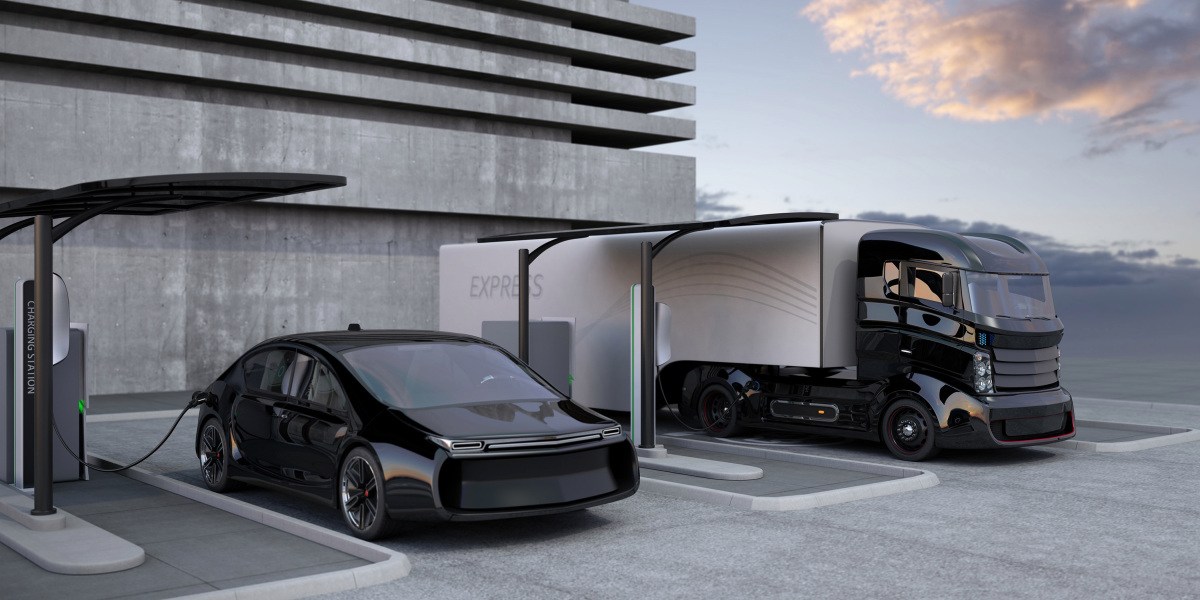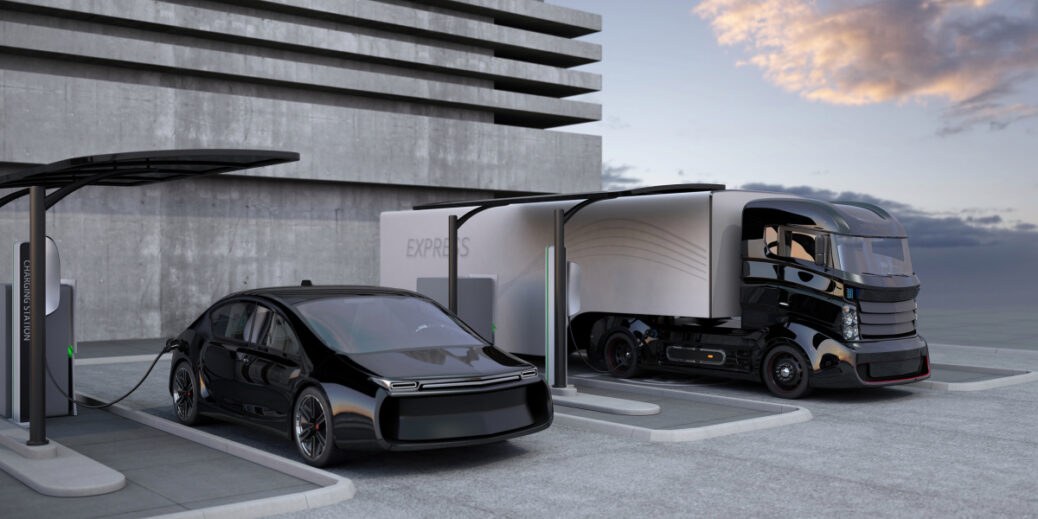
However, the researchers weren’t sure if the grid could handle many electric trucks simultaneously charging in one place. Unlike electric cars, which have relatively low power requirements and would be distributed through neighborhoods, fleets of electric trucks might strain electricity distribution systems.
Electricity distribution relies on substations that serve small areas, usually around a few square miles (although this varies widely depending on population density). If one area suddenly outstrips a substation’s capacity, it could cause an outage. Accommodating more electric trucks without triggering that problem might require major upgrades, which could be costly and take months or even years to carry out.
Borlaug and his colleagues modeled substation requirements using data from real-world diesel delivery fleets. The team took into account how far the trucks drove and how long they spent at their home base to estimate the charging needs of an electric fleet.
“About 80 to 90% of the substations that we studied were capable of accommodating fleets of up to 100 trucks without requiring significant upgrades,” Borlaug says. And if fleets managed their charging by choosing slower speeds to avoid stressing the grid, even fewer substations would need upgrades, he adds.
However, the trucking industry has historically been slow to adopt new technology, says Ben Sharpe, an analyst with the International Council on Clean Transportation, a nonprofit research group that studies the transport sector. Some states are considering incentives or even requirements to nudge fleets to electrify.
California passed regulations in June 2020 requiring a majority of heavy-duty trucks sold by 2035 to be zero-emission. The state also has an extensive voucher system to subsidize the cost of purchasing new electric vehicles. You “can’t overstate the importance” of California’s trucking regulations, Sharpe says. Largely as a result of these programs, about half of all electric trucks currently on the roads in the US and Canada are in California, he adds.
Other US states are following California’s lead: in July 2020, 15 states signed a new rule that requires all new medium- and heavy-duty vehicles to be zero-emission by 2050, with other targets leading up to the deadline.
While short-range electric trucks seem relatively close to commercial reality, some researchers have cautioned that stretching the range of electric trucks might not be technologically or economically feasible in the short term.
“For sure you would do short haul, there’s no question about it, because the economics are in favor, everything is in favor,” says Venkat Viswanathan, a mechanical engineer at Carnegie Mellon University. And with batteries getting cheaper and lighter, trucks that can travel up to around 500 miles between charges are looking more realistic, Viswanathan says.





Recent Comments